By Tracy Record
West Seattle Blog editor
Today’s West Seattle Ecology Fair at Our Lady of Guadalupe was about more than just connecting with resources (as shown in our first report) – it was also an opportunity to hear about climate science.
Organizer Vince Stricherz (above) explained that keynote speaker Dr. Nick Bond (below) has most recently been studying heat waves.
Bond is state climatologist emeritus and is currently with the UW Climate Impacts Group. His general theme was that warmer temperatures aren’t just a matter of comfort – they bring health threats.
He started with a mention of the unprecedented 2021 heat wave. “We will have other heat waves,” he warned. “What I want you to be thinking about all the time is who’s vulnerable, who’s at risk.”
He showed the range of temperatures that year – “we blew away records,” not just in Seattle. It wasn’t just the heat – it was the humidity, he noted, with “considerably higher dewpoints” – especially in irrigated areas of the state like the Yakima Valley, “where people were outside working and exposed to these hazardous conditions.”
The context for the heat wave, meanwhile, was record dry conditions following a dry spring. “That set the stage for the heat wave being particularly intense.” And it wasn’t a one-time thing – precipitation trends have evolved over the past century-plus. In the last few decades, “there is a systematic decrease … we don’t know how that’s going to continue, it could be a fluke … but that may be a systematic trend we’re seeing in the climate around here.”
The heat wave took a toll in lives – an estimated 450 more deaths in Washington, 815 in British Columbia, and 69 times the usual number of emergency-room visits in the Pacific Northwest. Hospitals were putting some people in garbage bags full of ice to lower their body temperatures. The “heat dome” overall brought more deaths from various causes overall: “It’s a big deal.”
It’s not just our region, he said, showing heat-wave frequency, duration, season, and intensity all increasing nationwide. And it’s not just daytime highs – it’s increased nighttime temperatures, particularly in this area; “more and more are staying in the 60s.” Yes, it’s not “unfit for human habitation,” but – “our nights are getting warmer.”
So when you take together the hottest days and hottest nights, those events are more common than in the past. “It’s not just heat-related illness that’s the problem” – hot weather also brings more traumatic injuries, kidney problems, pregnancy complications. Farm workers in our state “are exposed to more heat”.- more work outside the confines of an air-conditioned tractor, for example.
Then he moved on to the marine heat waves called “blobs” – unusually warm ocean water, with a sudden jump starting about 10 years ago. “Unprecedented conditions, and it had major effects on all sorts of natural and human conditions. One of the things that happened that year (2015)” – he showed a slide of snowless Snoqualmie in March 2015, “when the snowpack is usually at its peak.”
(In Q&A he was asked to elaborate on what that means for the water supply, and he said possibilities will be impounding more water in reservoirs and better water management.) That meant less snowmelt for streams, and salmon died (he showed a White Salmon River photo from 2015).
“It also led to a harmful algal bloom” that lasted longer than usual, leading to the closure of razor clam fishing and more.
Yet another component – wildfires.
They’ve been trending upward too, and he had two charts for that. We’re not having more fires but they’re burning more acres, more intensely, and we’re getting more smoke.
He had a chart for “extremely bad air quality” in September 2020, and one showing increased areas across the West, and even the rest of the country, with increases in “projected wildfire emissions.”
That could mean thousands of extra deaths per year by mid-century. “The numbers that are coming out are really, I think, pretty alarming.”
Then he moved on to “projections of changes in July-September air temperatures.” But he noted that “what we do now mostly affects the distant future” – the end of this century.
In the shorter run, less cold weather and more hot weather means fewer cold-weather-related deaths but those are outstripped by the increased hot-weather-related deaths.
He also noted that food-borne pathogens rise with temperatures, too. And he spotlighted the fungus Valley Fever, which has largely been found in the Southwest but can “travel up to 75 miles in the air” and is likely to spread much further north by the end of the century.
Other potential threats that aren’t as well-studied yet include “degraded water quality in small water systems” and “mental-health-related morbidity” as things become.”
He summarized, “There’s always going to be some folks who reject the science that’s coming out now … but there are plenty of actions being taken on behalf of the environment,” like the state climate-resilience strategy, the Puget Sound Partnership, those fighting for environmental justice, and the Earth Ministry of many faith communities – like the ones who presented today’s event. “In both western and eastern religions, there’s a feeling that we should be good stewards for the environment. … This gives me hope that we can achieve some things we want to achieve. …. I think in Washington State we are prosperous enough to do something about this.”
Q&A ensued.
What about the current political climate and federal funding cuts? “That has had some real repercussions” – even the state has had to make some cuts. “It’s not like the work is ending but it’s had some real consequences for projects looking at the impacts – real things that are happening right now.” Bond was also asked about climate migration but said that’s not his area of expertise, “but there are folks working on that.”
One problem – in response to another water-related question – Bond said “it’s been noted we have 21st century problems with 20th century infrastructure and 19th century laws. … In some areas of the country we’re seeing groundwater withdrawal at unsustainable rates.”
One of the fair participants, from The Heron’s Nest, mentioned some resources, such as the Tree Equity Network – “really focused on the data for us (regarding) tree canopy loss” regarding development cutting trees – the trees with which they’re replaced “takes multiple generations.” They said The Heron’s Nest – which is in east West Seattle – has become a coalescing point.
Another person brought up the energy-gulping status of AI. But: “Does it present any hope or help for the environment?” Bond said it’s being used and “has had some benefits,” especially in forecasting.
OLG hosted the Ecology Fair as part of the Season of Creation observance, which runs through October 4.

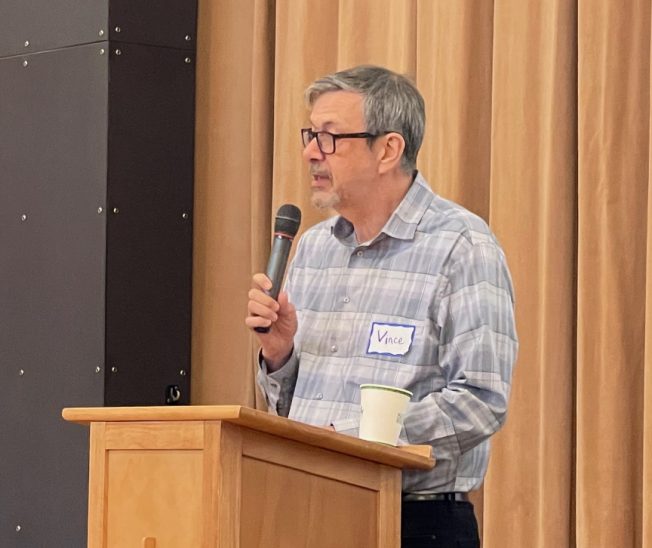
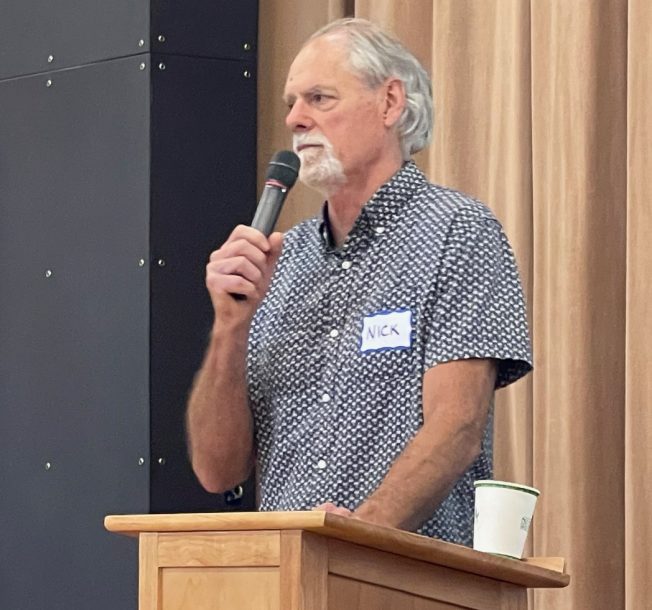
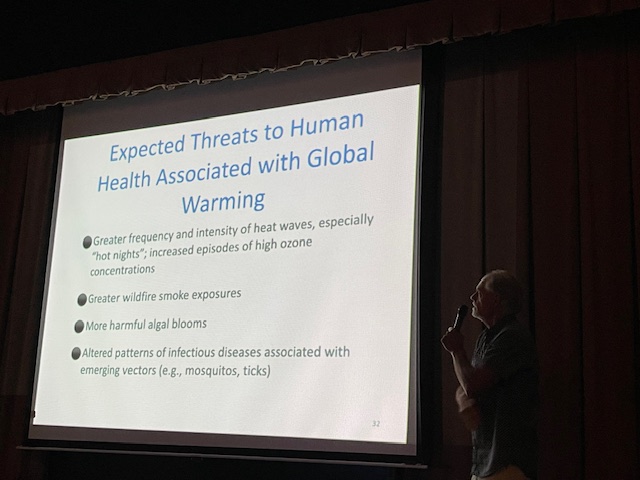
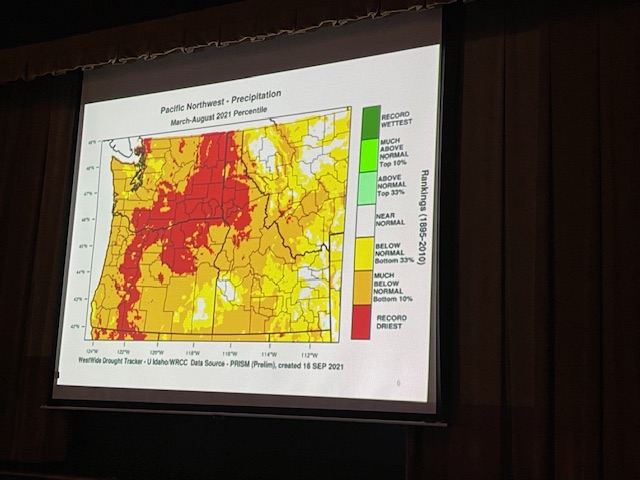

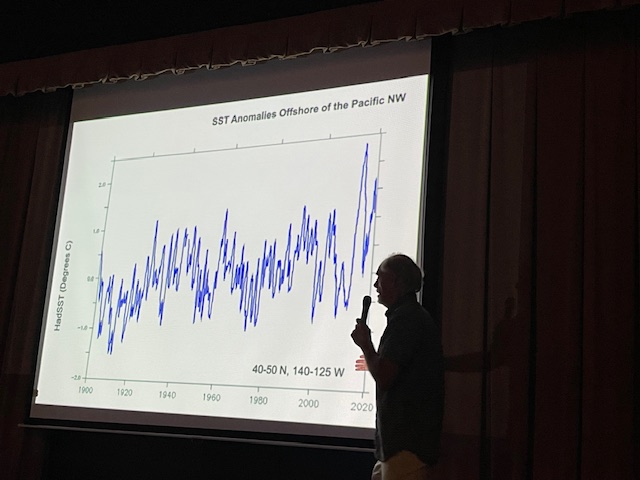
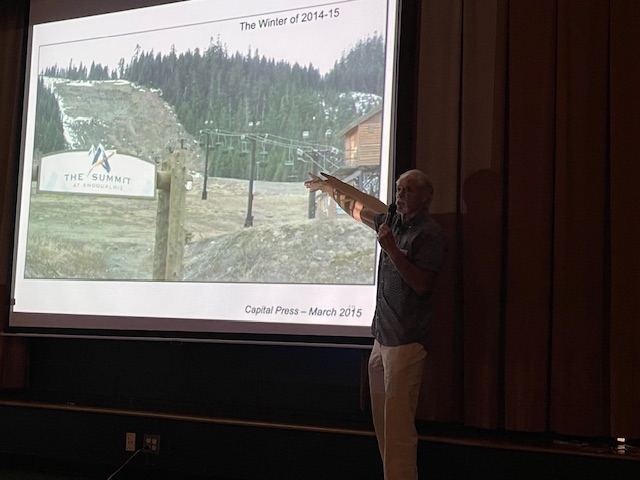
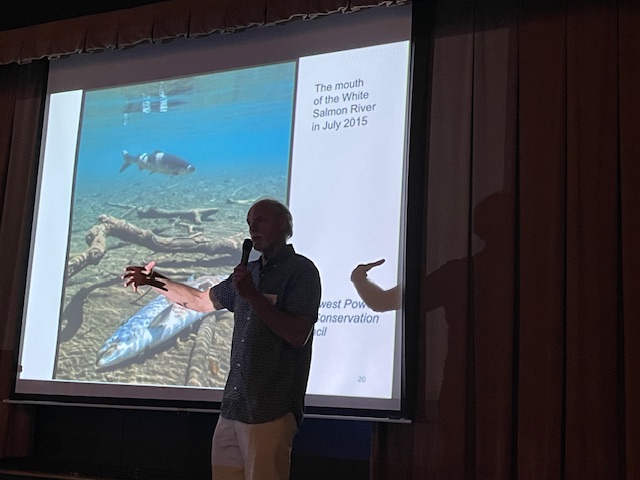
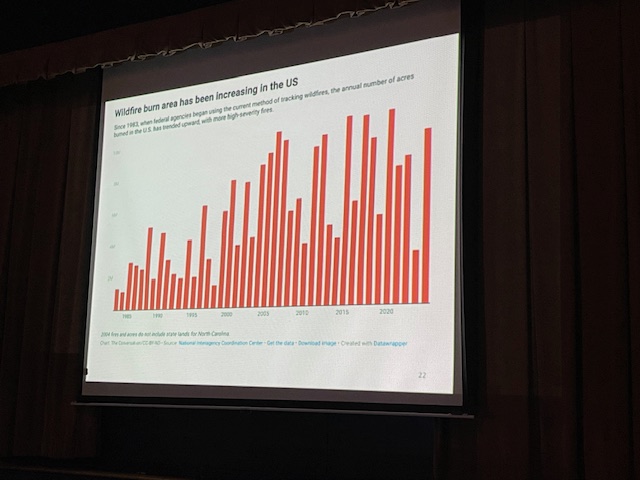
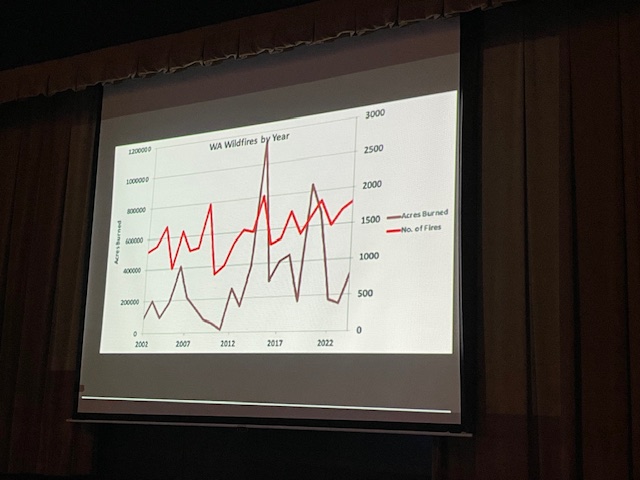
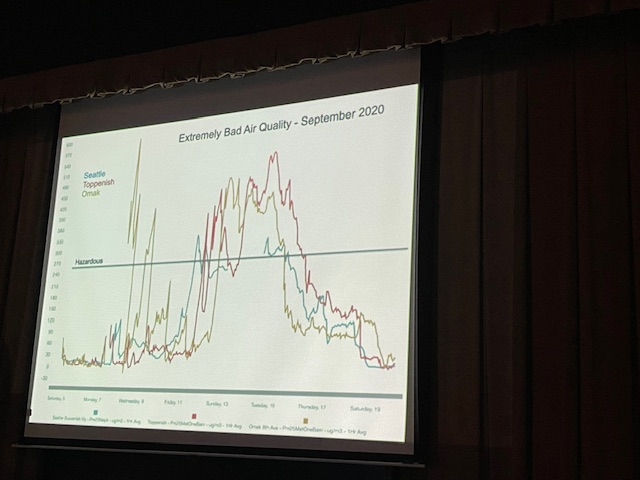

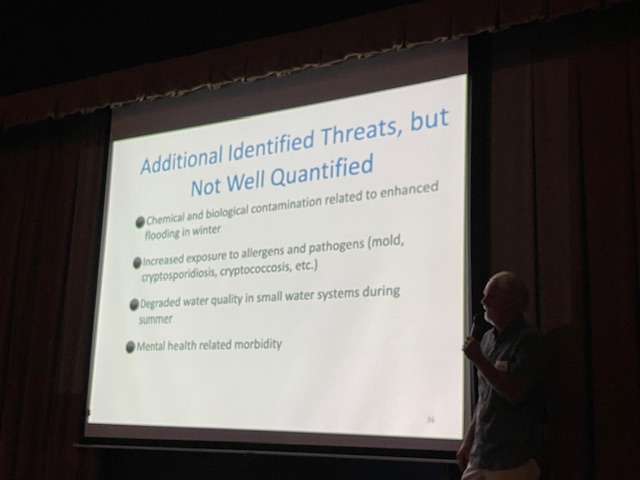

| 3 COMMENTS